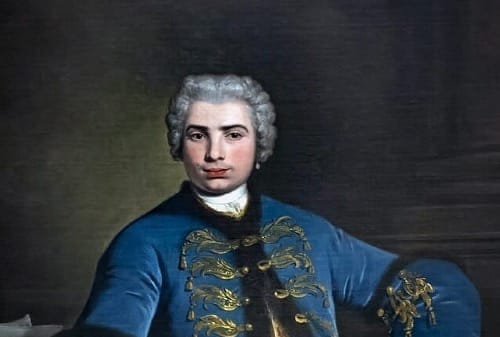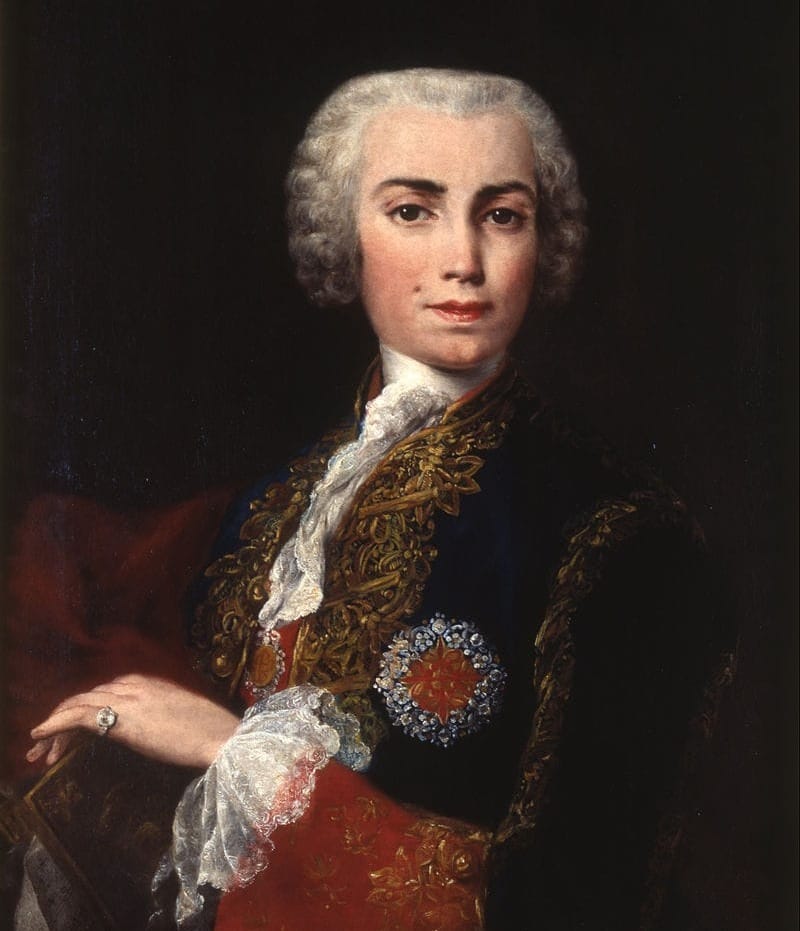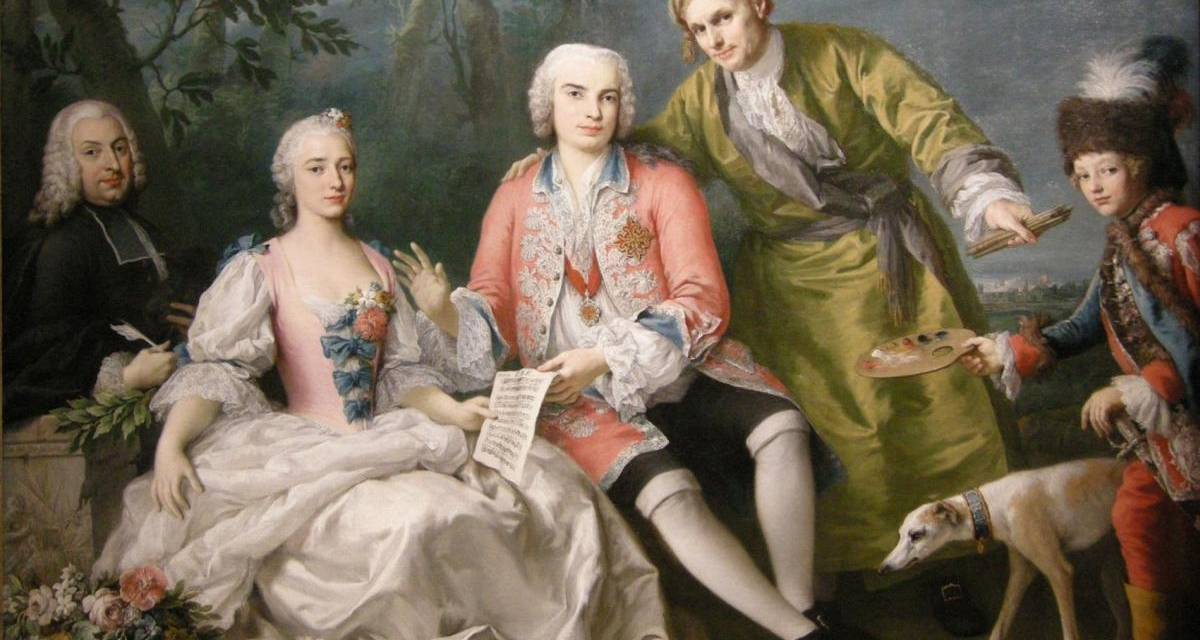Castrati

Many volumes have been written about castrati - perhaps because this is not your "normal" kind of history. While there were castrati in the Byzantine and Ottoman empires, they did not appear as singers in Italy until the 1550s. Castration was performed by cutting the blood supply to the testicles and snipping the ducts leading to them, or by amputating the testicles altogether.

In 1588, the castrati received a boost when Pope Sixtus V enforced 1 Corinthians, XIV, 34: "Let your women keep silence in church; it is not permitted unto them to speak" (while ignoring Deuteronomy 22:5). This meant no women could be in the choir or on the stage (not everyone went along with it) and it meant a greater role for castrati. Even the Sistine Chapel choir now began to include them. In Protestant England the old rules still applied: no women performed in Shakespeare's plays.
For Monteverdi who was staging L'Orfeo in 1607 for the Grand Duke of Mantua, there were advantages in using castrati - their ethereal and "angelic" voices were perfect for parts like Proserpine in the Underworld, and she was sung by the Florentine castrato Giovanni Gualberto Magli. It is unclear who sang the part of Eurydice but it may not have been a castrato. Orpheus was definitely not a castrato.
It was only by mid-century (after 1640) that castrati began to sing lead roles regularly, including Orpheus - in Handel and Gluck for example. They did so for more than 100 years, by which time the novelty had worn off somewhat. The most famous castrati of the 18th century included Farinelli (shown here), Carlo Scalzi, Cafarelli, Senesino (associated with Handel), Gaetano Guadagni (associated with Gluck), Giovanni Carestini (associated with both), and Gasparo Pacchierotti, to name just a few. They were almost all Italian since the concept of castrati was much less appreciated elsewhere in Europe, for all the rapturous acclaim they received on tour, mostly from women, not men. Many castrati became very rich. But it wasn't all about money - Frederick the Great's emissaries mostly failed to lure castrati northwards to Berlin - they wanted to stay in Italy. Napoleon was a fan - he had the Pope's 30-voice castrati choir perform at his coronation in 1804.

Carlo Broschi Farinelli may well have been the most famous singer of the 18th century and the most famous castrato of all time. The paintings above are by his friend Jacopo Amigoni in Madrid between 1750 and 1752. The painting immediately above shows, from left, Pietro Metastasio (celebrated writer and librettist), Teresa Castellini (prima donna of the Madrid Opera), Farinelli, Amigoni, Farinelli's dog and Farinelli's page boy. Some have speculated that Castellini was the love of his life.
Writers who have tackled the subject of castrati are many - including Balzac (Sarrasine - 1830), Kingsley Amis (The Alteration - 1976) and Anne Rice (Cry to Heaven - in 1982)...
